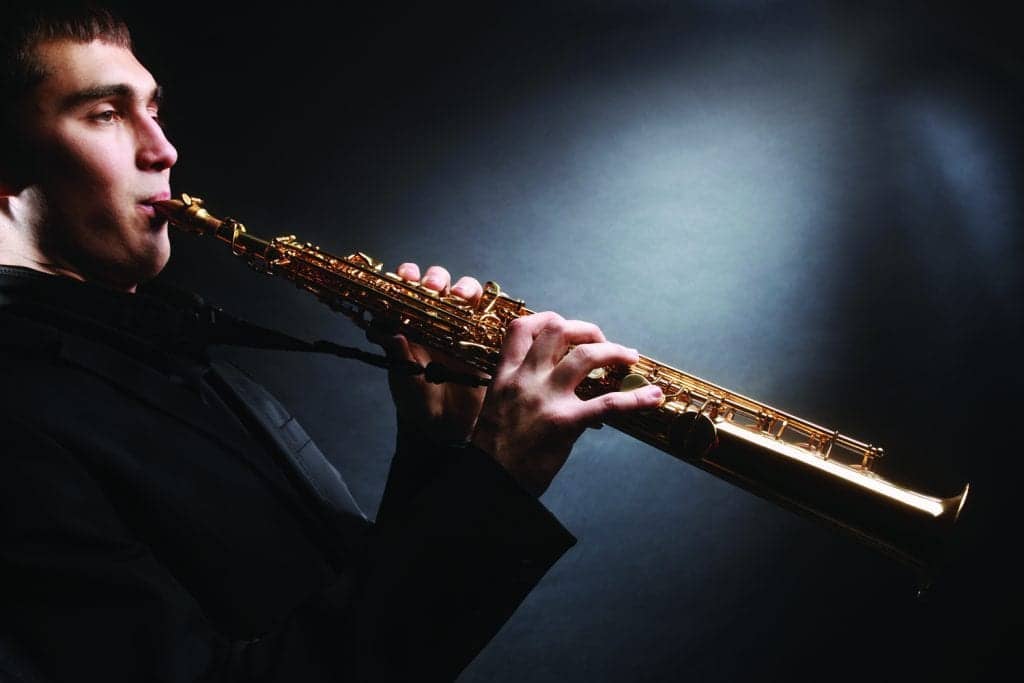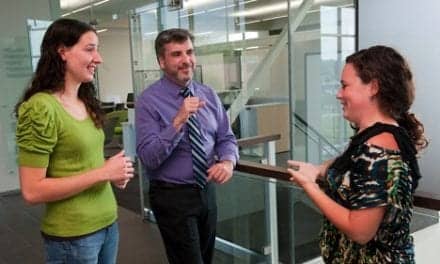One of the many aspects of “normal” life that SARS-CoV-2 took away was the enjoyment of live musical performances. With the easing of lockdowns and restrictions in many parts of the world, performers can entertain audiences once again, but concerns about spreading the virus remain. Now, researchers reporting in ACS Environmental Au have studied aerosol production from playing wind instruments, singing, and acting, allowing them to develop recommendations to minimize COVID transmission. An article published on the American Chemical Society (ACS) website summarizes this research.
Related article: Talking, Singing May Help Transmit COVID-19
Early in the pandemic, COVID-19 outbreaks from choir performances indicated that singing carries a potential infection risk, but less is known about the risks of airborne infection from wind instruments. To help keep performers, audiences, and music students safe, Tehya Stockman, Shelly Miller, and colleagues wanted to examine aerosol production and flow from various musical activities, as well as test different mitigation strategies.
The researchers examined the extent and velocity of air jets, or plumes, coming from singers’ and actors’ mouths and from wind instruments, such as the flute, clarinet, trumpet, and saxophone. They also measured airborne respiratory particles, or aerosols, and carbon dioxide levels emanating from the performers. They found that aerosol concentrations coming from the bell of a clarinet were comparable to singing. Placing a surgical mask over a singer’s face or over the clarinet bell substantially reduced plume velocities and lengths and decreased aerosol concentrations in front of the masks. The team then used these measurements to model viral transmission in indoor and outdoor environments, finding that the lowest risk of airborne COVID-19 infection occurred at less than 30 minutes of exposure indoors and less than 60 minutes outdoors. These findings could help musical rehearsals and performances resume in a safer manner for musicians and audiences, the researchers say.
The authors acknowledge funding from an international coalition of more than 95 musical organizations.
The American Chemical Society (ACS) is a nonprofit organization chartered by the US Congress. ACS’ mission is to advance the broader chemistry enterprise and its practitioners for the benefit of Earth and all its people.
Original Paper: Stockman T, Zhu S, Kumar A, et al. Measurements and simulations of aerosol released while singing and playing wind instruments. ACS Environmental Au. 2021. DOI: https://doi.org/10.1021/acsenvironau.1c00007.
Source: ACS, ACS Environmental Au






